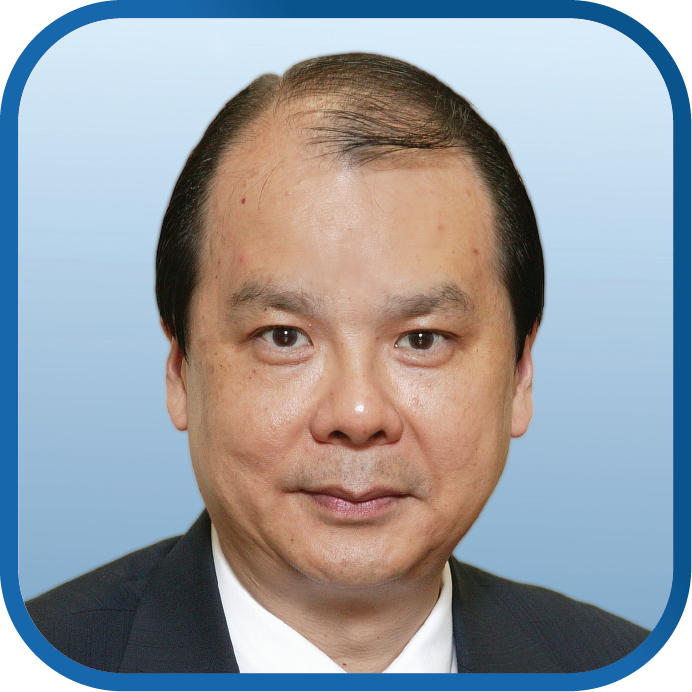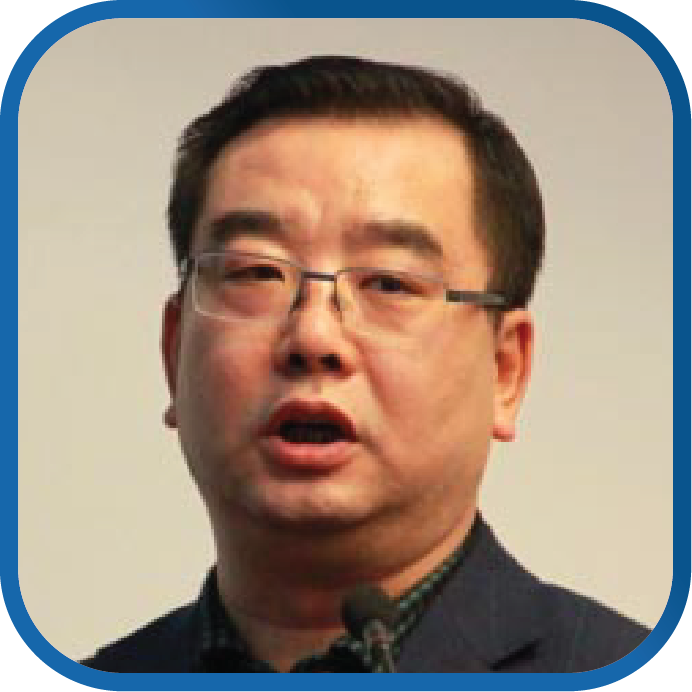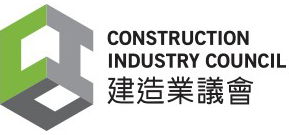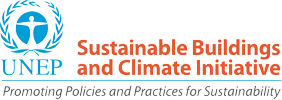
 |
Mr Matthew CHEUNG Kin-chung, GBS, JP Chief Secretary for Administration, The Government of the Hong Kong Special Administrative Region Biography Matthew CHEUNG Kin-chung, GBS, JP joined the Hong Kong Government as an Information Officer in July 1972 after graduating from the University of Hong Kong. Mr CHEUNG transferred to the Administrative Service in September 1979. During his earlier years of service, he served in Finance Branch, Home Affairs Department, City and New Territories Administration, Government House and Industry Department. As a directorate officer since 1986, Mr CHEUNG served as District Officer (North), Assistant Director-General of Trade, Administrative Assistant to the Financial Secretary, Deputy Judiciary Administrator, Deputy Head of Central Policy Unit, Deputy Secretary for Education and Manpower, Commissioner for Labour, Director of Education, and Permanent Secretary for Economic Development and Labour. Mr CHEUNG was promoted to the rank of Administrative Officer Staff Grade A1 in September 2004. He was appointed Secretary for Labour and Welfare on 1 July 2007. On 16 January 2017, Mr CHEUNG was appointed Chief Secretary for Administration. |
 |
Mr SU Yunshan Director-General, Department of Science & Technology and Energy Saving on Buildings, Ministry of Housing and Urban-Rural Development, People's Republic of China Biography The Ministry of Housing and Urban-Rural Development of the People’s Republic of China was established in 2008 as a ministry under the State Council responsible for the administration of construction projects in China. The main responsibilities of the ministry are to guide the planning and construction of rural and urban areas in China, establish national standards of construction, guide construction activity and regulating the construction market in China, manage the housing and real estate industry. As the head of department, Mr SU will share the latest development and unparalleled insights in response to the rapid urbanisation in China. |
.png) |
Ms Christiana FIGUERES Vice-Chair, Global Covenant of Mayors for Climate & Energy Biography Christiana FIGUERES is a world authority on global climate change and was the Executive Secretary of the UNFCCC from 2010-2016. Ms FIGUERES is currently Vice-Chair of the Global Covenant of Mayors and Mission2020 Convenor. During her tenure at the UNFCCC, Ms FIGUERES brought together national and subnational governments, corporations and activists, financial institutions and communities of faith, think tanks and technology providers, NGOs and parliamentarians, to jointly deliver the historic Paris Agreement on climate change, in which 195 sovereign nations agreed on a collaborative path forward to limit future global warming to below 2C. The agreement entered into force in less than a year, breaking the record of the UN. For this achievement Ms FIGUERES has been credited with forging a new brand of collaborative diplomacy. In addition to her remarkable diplomatic achievements over the past 20 years, she served as Director of Renewable Energy in the Americas (REIA) and in 1995 founded the non-profit Center for Sustainable Development of the Americas (CSDA), which she directed for eight years. |
.png) |
Prof. Peter GUTHRIE Professor, Engineering for Sustainable Development, University of Cambridge Topic: Infrastructure, Resilience and Sustainable Development The understanding of sustainability has now matured over thirty years since the Brundtland definition came to world attention. Its success in being accepted has also been its shortcoming, in that there is wide diversity in its interpretations applied to different fields. In the field of civil infrastructure, the emerging concept of resilience is finding more traction with practitioners. Whilst subject to a similar diversity of meanings as sustainability, resilience can be more readily translated into physical interventions to improve performance. Infrastructure can be made more robust, more adaptable, more amendable, to be better prepared for shocks to the system. Using case studies from a review of infrastructure delivery, past disasters, and current thinking on resilience, this presentation will draw together lessons learned and put forward proposals for action to improve resilience so as to achieve greater sustainability. Biography Peter GUTHRIE was appointed in 2000 as the first Professor in Engineering for Sustainable Development in the UK. His research is focused on the assessment of large scale projects for sustainability, resilience in infrastructure, energy efficiency in buildings, and sustainability in developing countries. He has experience of research in the sustainable development of infrastructure in developing countries, including the challenging of the appropriateness of technical standards, issues of waste management, provision of basic services in rural contexts, and the potential for waste materials to be used as materials in construction, and the engineering of earth roads. He has worked with FIDIC (Federation of International Consulting Engineers) to produce a report on sustainability assessment for infrastructure http://fidic.org/books/state-world-report-2012-sustainable-infrastructure. |
.png) |
Prof. Thomas AUER Managing Director, Transsolar Topic: Environmental Transformation of the Built Environment The European Union’s Roadmap for Moving to a Competitive Low Carbon Economy in 2050 (‘carbon roadmap’) states that in comparison to 1990, CO2 emissions of the building sector should be reduced by 90% by 2050. This will have a significant impact on our environment, and the architecture of buildings and cities will change dramatically. But the requirements for energy efficiency and comfort cannot be fulfilled by technology alone. A balance of passive design strategies and active ones is the key to a well-orchestrated system. This requires a thorough understanding of first principles, where climate-responsive design contributes a piece to this complex puzzle. The goal is for architecture and climate control strategies to become a synergistic unit, where technology is optimised and/or supplemented where needed. The aim of climate responsive design is to develop buildings that offer maximum comfort while minimizing the use of resources and systems. In this regard, building efficiency and user comfort are closely connected with architecture. Besides, vernacular design principles often illustrate the potential of passive design strategies. We recognise that all aspects of design influence environmental conditions. For a sophisticated climate design it is required that form, material and mechanical systems are synergistic components of a finely-tuned climate control system; and conversely, an environmental control strategy is integral to the architectural concept. A full appreciation of all technical aspects of comfort is essential for advanced climate design, both on a building and an urban scale. It is necessary to approach design holistically. A holistic approach to design, however, also requires expansion of the focus from individual buildings (at district level) to the overall urban context in order to accomplish the goals defined within the EU carbon roadmap. Mixed-use urban districts provide the potential for energy and water supply strategies in which requirements that vary between different program areas enable synergetic service strategies. In this regard it is essential to deploy climate design in on all scales. Aside from an efficient use of resources, outdoor environmental quality becomes another aspect that is directly linked to urban form, materiality and the design of the public realm. Biography Thomas is Partner and Managing Director of Transsolar, an engineering firm with offices in Stuttgart, Munich, Paris and New York. He collaborated with world known architecture firms on numerous international design projects. He is a specialist in energy efficiency and environmental quality. Thomas has developed concepts for buildings and districts around the world noted for their innovative strategies. Thomas taught at various universities around the world. Since 2014 he is full Professor at the TU of Munich with a focus in bridging academia and environmental design. |
|
|
Dr Raymond COLE Professor, School of Architecture and Landscape Architecture, University of British Columbia, Canada Topic: Reframing Environmentalism: Shaping a Positive Future Environmentalism has been variously framed as concern about and action aimed at protecting the environment. Critics argue that its message is alarmist, sets environmental issues apart and contextually disconnected from other pressing societal concerns, and situates responsibility and solutions within the domain of a separate movement and its expertise. The current period of increasing climate and political uncertainty creates a qualitatively different context for environmentalism. In building design, environmentalism has been exercised through strategies directed at reducing non-renewable resource use and pollutant emissions. What is commonly referred to as “green building” design, for example, has been almost exclusively directed at reducing the degenerative consequences of the built environment on the health and integrity of ecological systems rather than emphasizing positive outcomes. While important and necessary, such a response is increasingly recognized as being an insufficient one. Rather than reducing destructive impacts, the emerging notion and practice of regenerative approaches views buildings as catalysts for positive change, adding value and enabling the full potential of the social and ecological systems to the unique place they are situated. Regenerative approaches are therefore inherently hopeful and full of promise – a marked contrast to the negative messaging of much of the current environmental discourse. While the technical strategies of green design remain valid, the intention, language and more comprehensive framing of regenerative development offers considerable potential to accelerate the development of a shared vision, shared ownership and shared responsibility. The most significant and necessary shift does not therefore reside solely at the strategic level, but in the mind-set of design teams and clients. Eventually, perhaps, we will come to view the act of building not as destructive of natural systems and depleting the earth’s resources but as contributing to and supporting the creation of a thriving, resilient and abundant world. To achieve such an ambition, we will need to articulate the vision and associated values necessary to affect and guide positive change and, in particular, how these are communicated to a broader public. Buildings, it would seem, can and should form a critical part of this communication process. Biography Ray COLE is a Professor and past-Director of the School of Architecture and Landscape Architecture at the University of British Columbia, and holds the designation of North American Association of Collegiate Schools of Architecture Distinguished Professor and UBC Distinguished University Scholar. Dr COLE has received numerous academic and professional awards for his research, teaching and leadership activities in the field of green building. Dr COLE is a recipient of the US Green Building Council’s Green Public Service Leadership Award, the Sustainable Buildings Canada’s Life-time Achievement Award, Canada Green Building Council’s Lifetime Leadership Award, and the 2013 World Green Building Council Chairman’s Award. |






.png)






